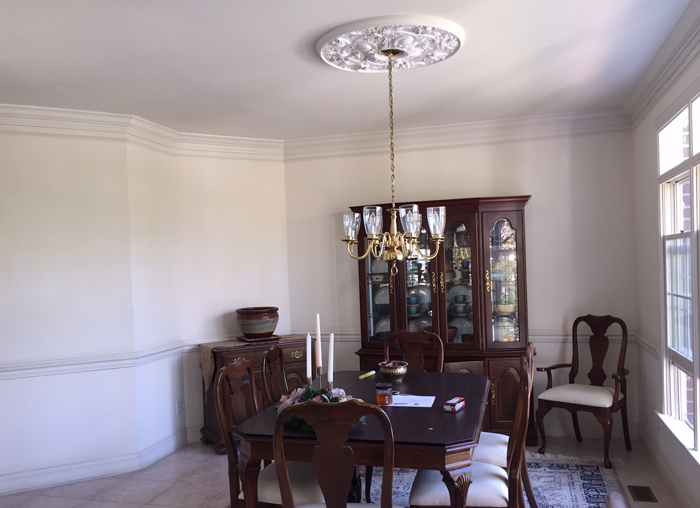How to Clean a Textured Ceiling

It’s probably safe to say that cleaning the ceiling isn’t exactly an enjoyable job at the best of times. Getting it done successfully is difficult enough – getting it done without making one hell of a mess is something else entirely. But if you find yourself dealing with a textured ceiling, things have a tendency to become even more difficult.
Textured ceilings can and often do look incredibly attractive. Nevertheless, they can also be uniquely challenging to keep clean and well maintained. Their very nature of textured surfaces is such that they naturally collect and store grime with impressive effectiveness. In no time at all, you find yourself looking at an accumulation the likes of which really does a number on its appearance.

Of course, the number-one rule to follow is that of being as gentle and careful as necessary, so as to avoid causing any permanent damage. Aside from this, simply proceed in accordance with the following simple steps and you may find your textured ceilings that little bit easier to clean and maintain:
Step 1 – Preparation
First of all, you’re going to need to ensure that you have everything you need to get the job done. Most importantly of all, you’ll be needing a strong and stable ladder to access the ceiling in the first place, an appropriate cleaning solution, spray bottle, paint roller and plenty of rags. Just as is the case when painting, it’s worth bearing in mind that the quality of the equipment you use will have an impact on the quality of the results you can expect.
Step 2 – Climbing the Ladder
Do yourself a favour and only ever attempt to do these kinds of jobs with at least one other person to help you out. Even if it’s simply a case of having them hold the ladder and pass you the tools you need as you need them, having someone else with you makes the whole thing so much safer and easier. It’s also good to have someone else around, just in case something goes wrong.
Step 3 – Cleaning Solution
Make sure you choose a cleaning product that is designed specifically for use with the kind of surface you will be dealing with. Or if you prefer, take a look online for all the instructions you will need to create your own DIY cleaning solutions. By contrast, under no circumstances should you even consider simply using the first cleaning product you come across, which might not be suitable for the surface.
Step 4 – Cleaning the Ceiling
Always approach the job one small area at a time, separating the ceiling into squares no larger than about two or three feet. Trying to tackle the whole thing at once is pretty much the worst thing you can do. Spray the cleaning solution onto the area and give it sufficient time to get to work, as indicated in the manufacturer’s instructions.
Step 5 – Washing and Wiping
It’s now that you’ll want to make the switch to the paint roller which you’ll find so much more convenient if you choose one with a long handle. Apply some water to the roller to dampen it sufficiently and use this to give the ceiling a good wash. After this, it’s a case of taking your clean, soft rags and using them to remove the excess water and any residual cleaning solution.
Step 6 – Repeat as Necessary
Try to bear in mind that it isn’t until each area you clean is fully dry that you will be able to evaluate how clean it is. You may also find it necessary to repeat the process more than once, if your ceiling is particularly dirty. Continue across the rest of the ceiling, taking your time and revisiting any problem areas afterwards.
Repeat the above steps on the other sections of the ceiling until the entire ceiling is completely clean. You can then go over the whole ceiling one last time to ensure the ceiling is completely clean.
Step 7 – Advanced Measures
Last but not least, if your ceiling has a particularly heavy build-up of dirt – perhaps the result of exposure to tobacco smoke – you may find it easier to repaint the ceiling from scratch, rather than trying to clean it. If this is the case, consider your options carefully and perhaps get in touch with the experts to arrange a quotation.










